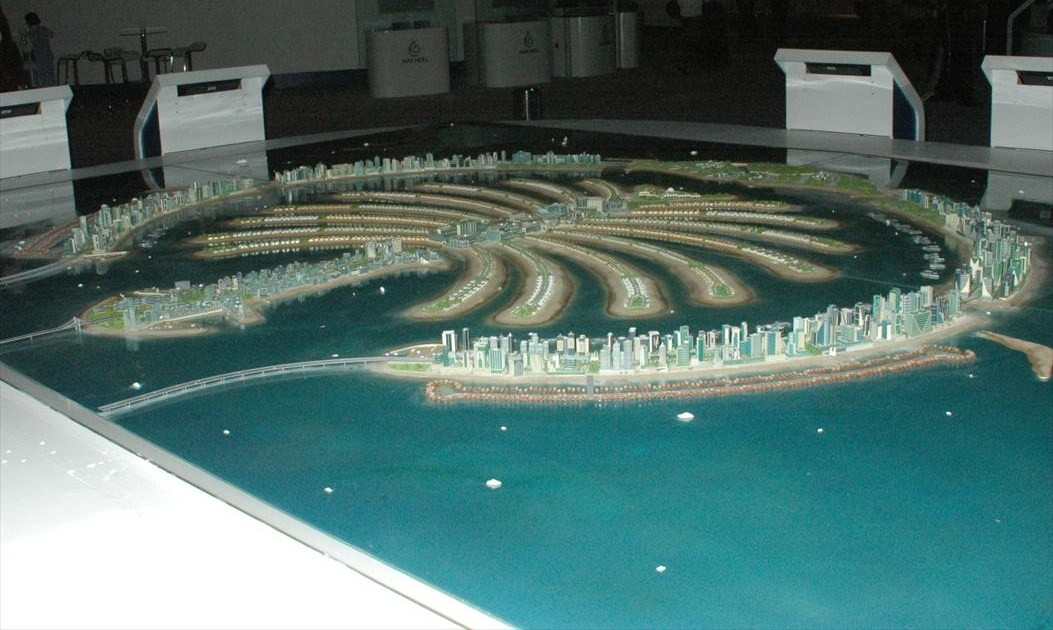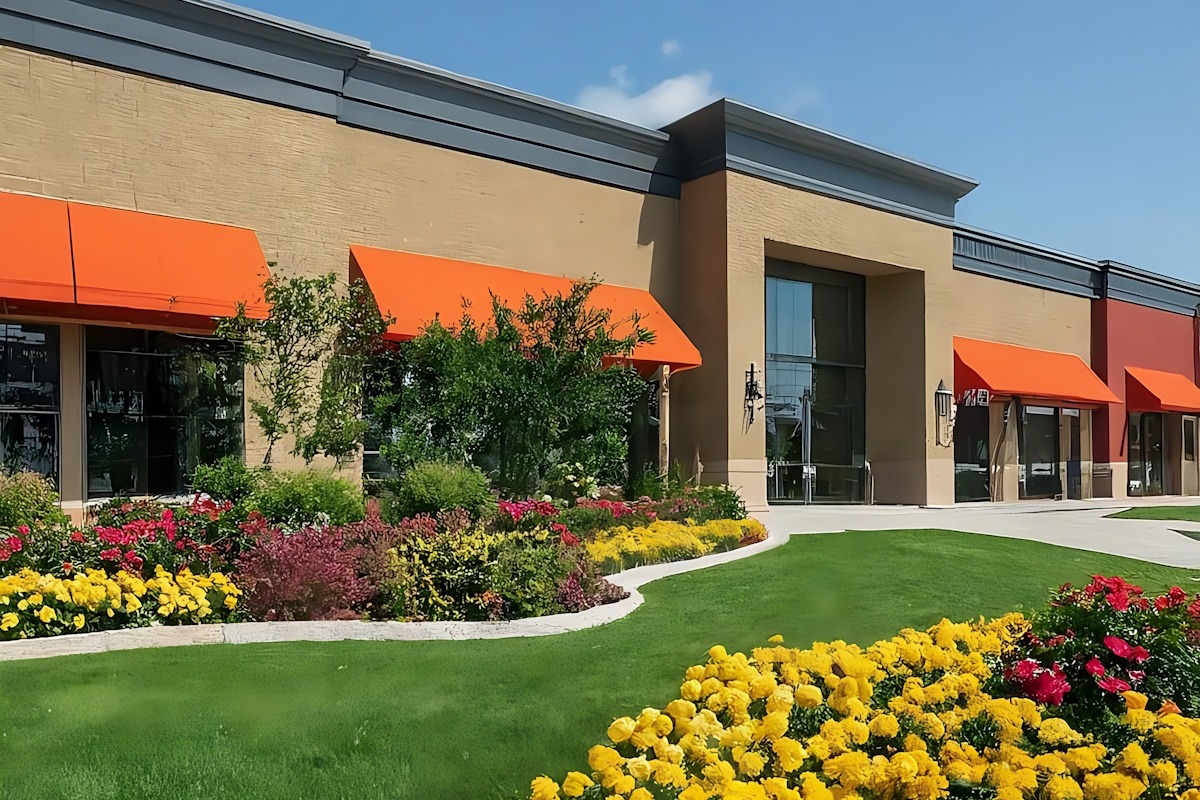Modern real estate transactions have shifted toward digital-first processes, and professional investors increasingly rely on secure platforms to manage large volumes of documentation, financials, and legal disclosures. Solutions such as Boundeal help streamline acquisition workflows, reinforce due diligence accuracy, and support collaboration between multiple stakeholders involved in complex property deals. As competition for high-quality assets continues to intensify, the performance of a data management platform often determines the speed and confidence with which investors can move forward.

Why Investors Depend on a Real Estate Data Room
Accelerated Due Diligence
A real estate data room enables centralization of property records, lease files, inspection results, zoning documents, and historical financial data. Instead of sorting through scattered folders or long email chains, investors gain immediate access to structured, searchable repositories that significantly shorten review timelines. This becomes especially valuable when bidding for properties where timing and clarity directly influence competitive advantage.
Regulatory and Transaction Security
Real estate investments involve highly sensitive information, including tenant agreements, environmental assessments, tax documents, and confidential financial disclosures. VDRs maintain encryption, permission-based access, comprehensive audit logs, and customizable viewing rights, ensuring that only authorized parties interact with protected files throughout the transaction lifecycle.
Efficient Collaboration Among Stakeholders
Large real estate acquisitions require input from lawyers, brokers, lenders, surveyors, and analysts. A purpose-built VDR provides controlled access, version tracking, and safe communication channels. Q&A modules allow teams to ask clarifying questions directly within the platform, eliminating misunderstandings and reducing the operational friction typical of email-based interactions.
What Top Investors Actually Use
1. Boundeal
Many institutional buyers prefer Boundeal for its fast document upload, intuitive index structure, and advanced analytics that highlight user activity and interest levels. This visibility helps deal teams understand buyer engagement, anticipate negotiation pressure points, and identify which files require additional clarification before closing.
2. iDeals
iDeals is widely recognized for enterprise-grade security, dynamic watermarking, remote document control, and a clean interface. Real estate investors appreciate the platform’s ability to manage multiple simultaneous deals without compromising confidentiality or review speed.
3. Datasite
Datasite specializes in supporting international and high-volume real estate transactions. Its sophisticated redaction tools, compliance features, and detailed reporting capabilities make it a frequent choice for institutional investment managers leading complex, multi-asset acquisitions.
4. Intralinks
Intralinks has a long-standing presence in the M&A sector and offers robust permission frameworks, strong encryption, and AI-driven document preparation tools. Its platform is frequently used for large-scale property deals that require consistent governance and detailed audit trails.

5. DealRoom
DealRoom merges project management capabilities with traditional VDR functionality. Real estate firms value its integrated task assignments, automated workflows, and ability to track each stage of the acquisition process—from initial evaluation to post-closing documentation.
Key Features That Matter Most to Investors
Strong Permission Framework
Investors need precise control over who can view, download, print, or comment on documents. The most effective VDRs allow administrators to adjust permissions instantly at the folder or page level, ensuring that sensitive data remains protected at all times.
Intelligent File Organization
A properly structured index reduces errors and saves time. Modern platforms offer AI-assisted folder suggestions, bulk upload tools, and cross-referencing features that help manage thousands of files from architects, surveyors, legal teams, and property managers.
Advanced Analytics
Top-performing VDRs deliver detailed insights into buyer behavior—what documents they review, how long they spend on each file, and which pages generate repeat visits. This data helps sellers evaluate buyer seriousness and refine strategic communication during negotiations.
Integrated Q&A and Commenting
Structured Q&A features allow users to submit, categorize, and resolve questions directly within the platform, maintaining clarity and traceability. This ensures that all parties share the same information and reduces the risk of miscommunication during due diligence.
Mobile and Remote Accessibility
With investors working across time zones and regions, mobile-friendly access is essential. Effective VDRs provide smooth functionality on tablets and smartphones, allowing decision-makers to stay connected even when traveling.
The Future of Real Estate Data Rooms
The next generation of VDRs will incorporate AI-powered document classification, automated compliance checks, predictive analytics, and deeper integrations with CRM, financial modeling software, and asset-management platforms. For real estate investors, this evolution will create more transparent, data-driven, and efficient transaction environments—supporting faster closings, better risk assessment, and improved investment outcomes.

















